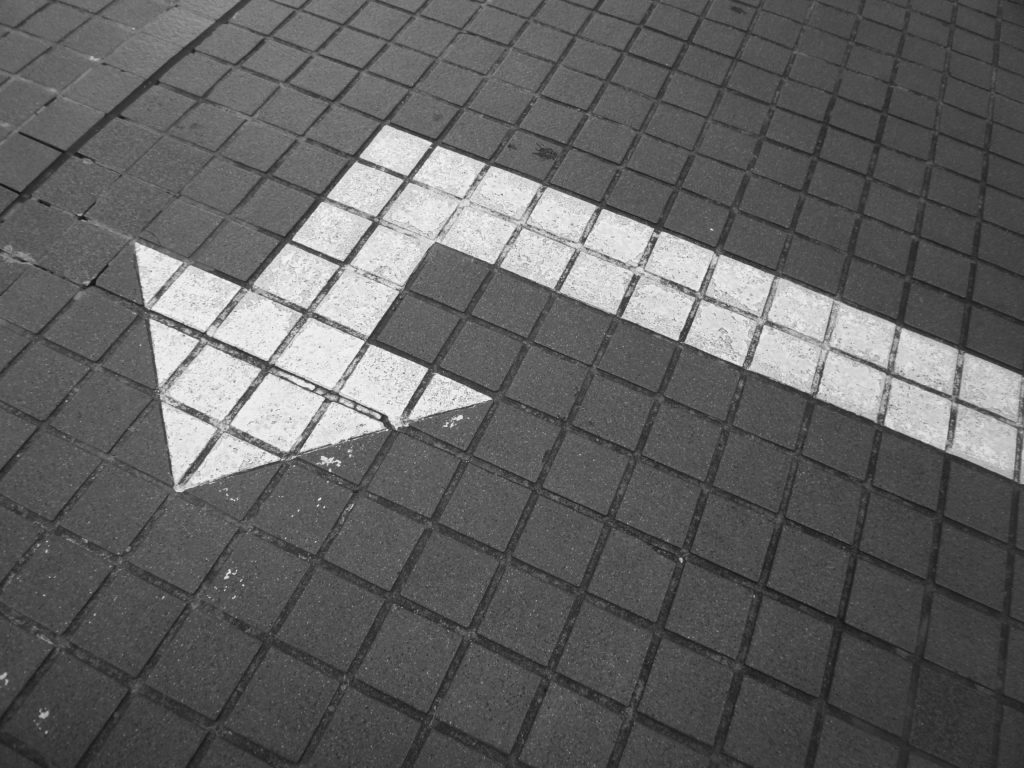A Pandemic-driven Pivot for Community Outreach
by Jennifer Jang and Smita Chandra Thomas
Banner image: Edwin Hooper/ Unsplash
May 17, 2021

How have you adapted your community outreach strategies during the pandemic? Last spring, we at Energy Shrink were midway through a community solar outreach initiative when we had to pivot our initial in-person strategy to engaging our intended audience remotely — this pivot proved both challenging and illuminating for future work. Energy Shrink was tasked by the Maryland Environmental Service to perform consumer outreach to the Low Moderate Income (LMI) community on behalf of the Maryland Energy Administration (MEA). The goal was to raise awareness about community solar offerings available and the terms and conditions of the various contract types, including special discounts funded by MEA’s community solar programs.
In early March 2020, we held an in-person outreach event at the City of Laurel Open House in Maryland. Buoyed by its success, we planned to hold a similar event at the annual Howard County Greenfest in April. But COVID forced us to plan otherwise.
Virtual Outreach: Lessons Learned
In late March, the COVID-19 pandemic prompted all in-person events to be canceled, forcing us to pivot quickly to virtual engagement. Thanks to the collective nimbleness of the Howard County event organizers and our team, the very first Virtual Howard County Greenfest was announced for April 2020, and we were one of the first teams to sign up to hold a virtual workshop. One good outcome was that the remote nature of the event allowed us to invite more guest speakers given the shorter time commitment for a virtual event. In addition, this relatively new outreach format taught us four key lessons:
1) Virtual outreach can reach a wider audience. The online event scheduled with just a few weeks’ notice gave us limited time to mobilize, forcing us to be more creative in promoting the event more widely to gain an audience. One strategy we employed was to promote the event through not only environmental protection agencies in multiple counties, but also consumer protection agencies; they contributed to our outreach organically because it was aligned with their mission. As a result, the Facebook event post advertising the virtual workshop “reached” (was viewed by) 457 people, and 73 of those (20%) “engaged with” (liked, shared, commented, or clicked on) the post. About 71 individuals logged in at some point during the event. In comparison, half the number of people (35) engaged in conversation at the in-person event at Laurel. Regardless of whether the events are held online or not, this experience highlighted the importance of cross-promoting across relevant agencies.
2) In-person events seem to engage the audience better, but assessment is needed. While the virtual event achieved more breadth with viewers across several counties, the in-person event was better at sustaining attention and enabled more tailored and in-depth conversations with
attendees. At the virtual workshop, fewer than 10 viewers attended the entire event. However, to
understand the true impact of each format, it would be valuable to conduct a post-event impact
evaluation. In this case, gauging any shift in new sign-ups for community solar contracts shortly
after the event could be a good metric.
3) A hybrid recorded-and-live approach may be optimal. A challenging aspect of the online format with multiple presenters was that it depended upon technology working properly for all participants at the same time. One of our presenters had trouble sharing his screen on the day despite testing the system ahead of time. With multiple presenters for an online event, a better solution is to have just one person share their screen for everyone’s presentations. If the plan is to present the content uninterrupted and take questions at the end, an optimal solution would be to broadcast pre-recorded presentations during the session to ensure reliability and combine that with the flexibility and responsiveness of a live exchange with presenters at the end of the session.
4) Posting the recorded event online can extend accessibility. Another positive outcome of the online format was post-event accessibility. The virtual workshop was recorded and made available online on Energy Shrink’s Facebook page, enabling continued dissemination of content after the event. Within a few days of posting, the video had been viewed more than 40 times. However, the time spent viewing the video was quite brief, varying from a few minutes to just a few seconds. The lesson was that a live workshop recording should be edited post-event to create a tighter video lasting no more than a few minutes with a few take-away points presented quickly to keep the online audience engaged.
We look forward to more live events once the pandemic passes, but online events may be a permanent part of our service offerings because of some of the benefits discussed above. We plan to apply these lessons learned moving forward, to optimize both the reach and the level of engagement. If you have a related experience that you’d like to share with us, please reach out. We’d love to hear from you.
Brilliance in design: A nod to the sun at the Embajada de Mexico on Pennsylvania Avenue in DC
How is Resilience related to Sustainability, Mitigation, and Adaptation?